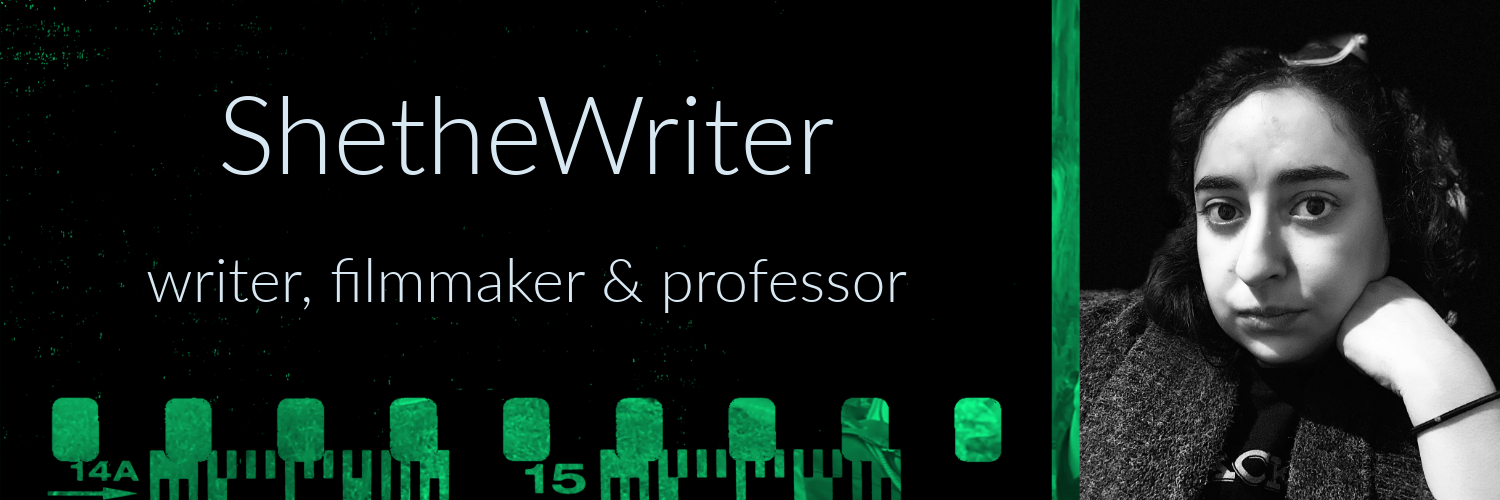Let me tell you why streaming video is just right for metafiction. Look at its characteristics:
Streaming video is democratized: The audience can choose when they see it, how they see it and how much of it they see. They can save their spot, pause, rewind and fast forward at will. They can do this with any and all interruptions or lack thereof. The episodic structure works perfectly for streaming video because it allows the distributer to popularize multiple releases and it gives people a greater framework with which to discuss the story. They can frame their discussions based on how much they’ve seen. Long videos that can’t be viewed in one sitting are not as good a fit for streaming video.
All this leads to the wonderful world of binge watching: episodes that were written to be shared week by week can now all be viewed in a single day! And they often are. What does this mean? It means that the audience is not only getting the small arcs in each episode, they are perceiving the larger arc of the full story with ease. If a serial doesn’t have a big picture arc, it’s going to become painfully obvious once it’s available for streaming video!
You know what else is obvious in streaming video? Inconsistencies in character. It’s very hard to convince an audience that a character would have completely different values from one episode to the next once that audience is seeing the episodes back to back.
So now that the audience can fast forward, pause, add to queue, whatever, stories have a much taller order to fill. They have to be convincing. They have to have both small arcs and big arcs. And lastly, they have to have canon.
It’s easy to see what when you know what canon is and what it does. Canon is the rules and setup of a story. You can’t have any kind of serial without a rules governing the setting. In fact, canon is most important for stories that are iterated across installments and episodes. Just take a look at star wars, harry potter, a series of unfortunate events or any popular anime. Canon is especially important to those audiences.
Here comes the linchpin: canon is the primary way that audiences engage with a story. The rules, the structure, the TRUTHS of a story are a framework for the audience to make judgements on it. It’s what activates the imagination, intelligence and growth of the viewer. Even in a successful story that stands on its own, a dedicated audience will connect it to other stories for the sake of building a meaning, a language that can be construed as canon.
Now what makes canon, my friends? What makes something in a story a truth or a rule instead of just a coincidence?
Awareness.
Awareness of something on the part of the constituents is what makes it canon. If the characters know it, we know it. Even in the case of dramatic irony, something in the medium of the story is delivering information to the audience. If the character’s behavior contradicts a rule or expectation about the setting, that’s when you’ve lost the audience. The characters are there to validate everything about the setting, premise and culture of the story. Therefore, a structure that prioritizes canon prioritizes character awareness. And a story that prioritizes character awareness is just what metafiction needs.
Progress on Delta Phi is good; I have about forty two minutes of rough edit now. I'm so grateful for the opportunity to tell a story about Delta and Phi, they are having a great deal of fun!
Peace,
Ayah
#DeltaPhiFilm



